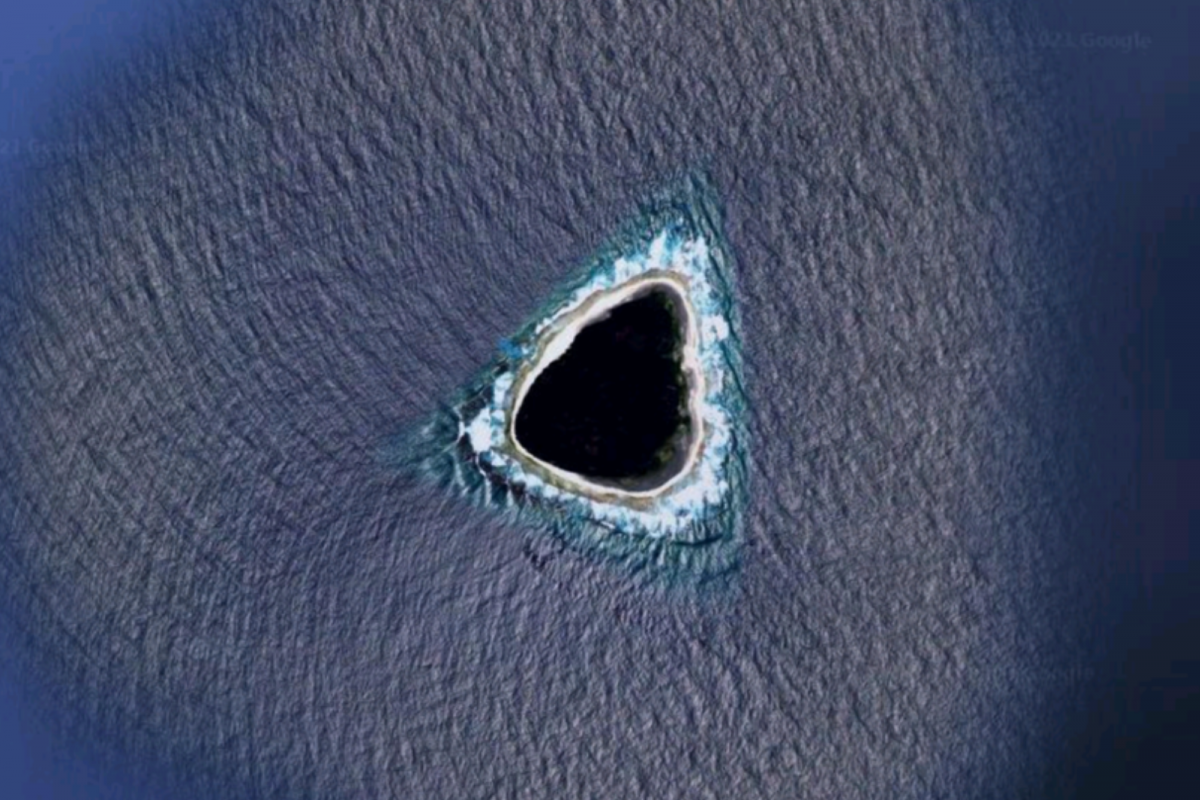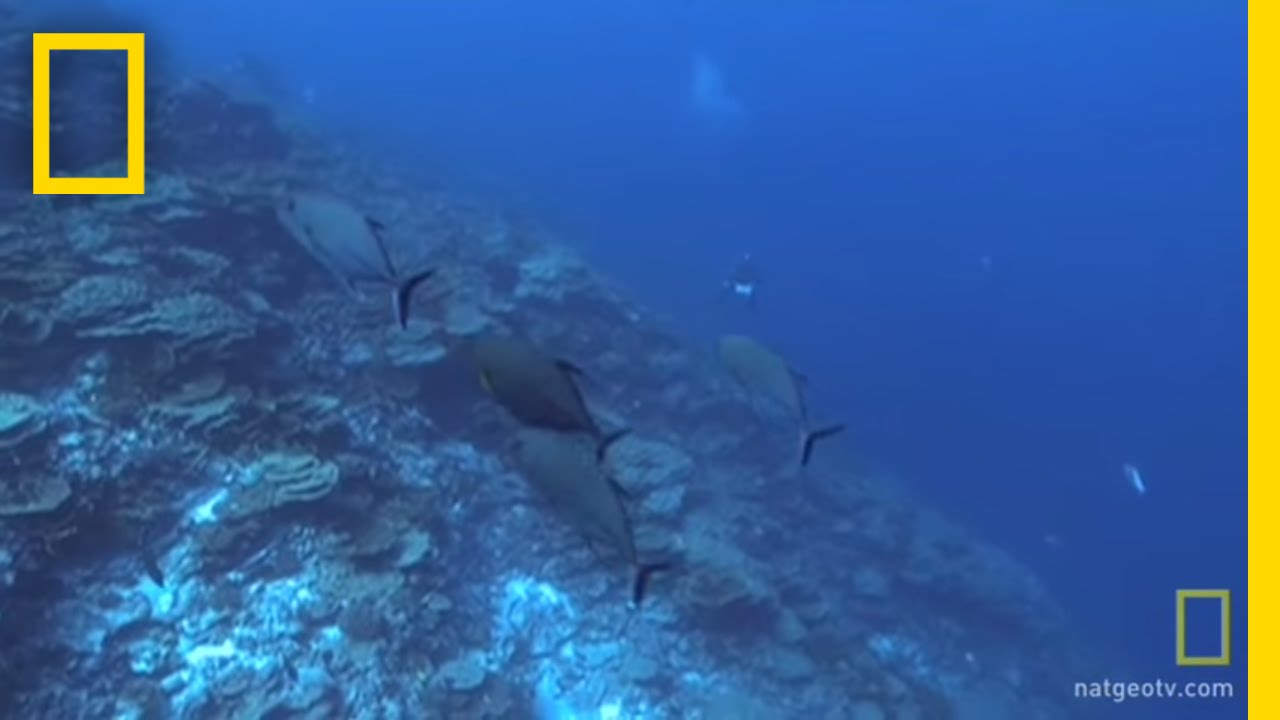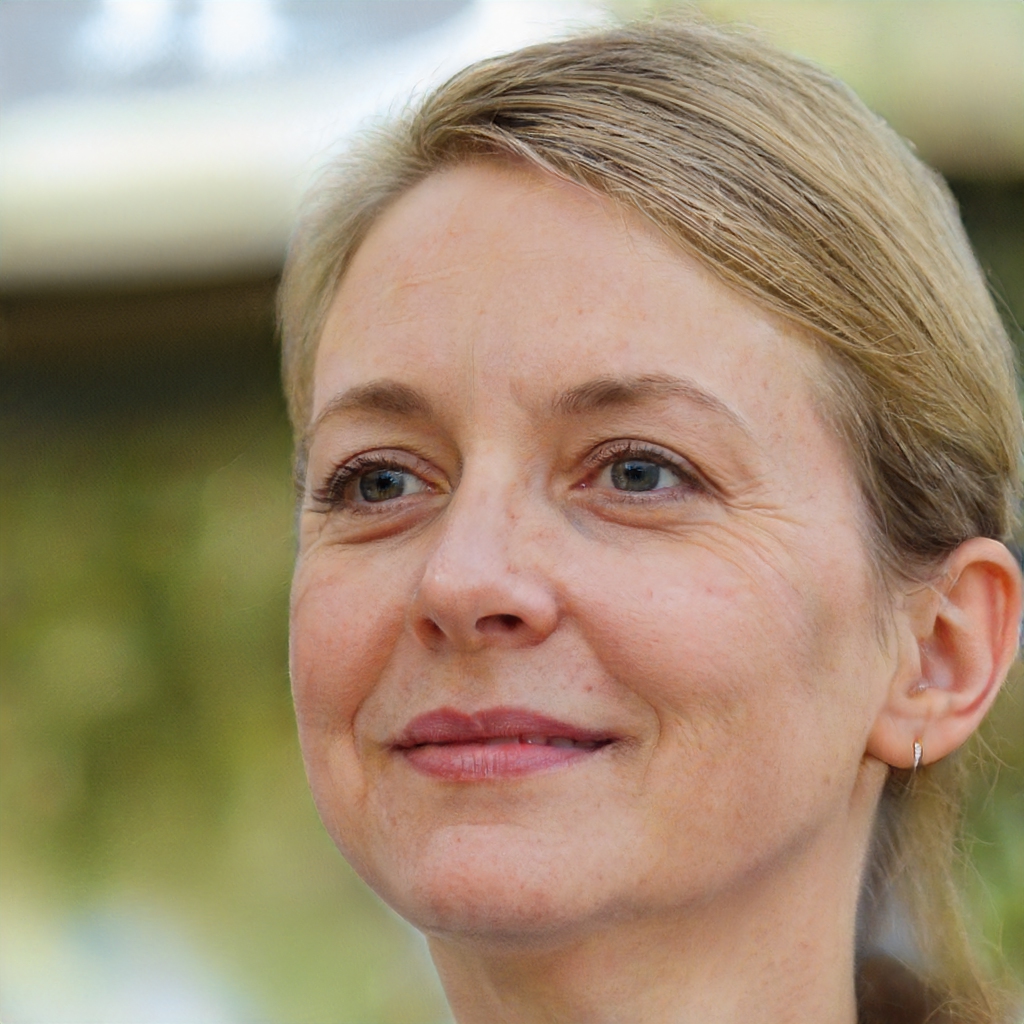Vostok Island - The Black Hole In The Pacific Ocean
Vostok Island is a coral island in the middle of the Pacific Ocean. It is uninhabited and is part of the Line Islands, which are owned by Kiribati. Anne Island, Bostock Island, Leavitts Island, Reaper Island, Wostock Island, and Wostok Island are some of the other names for the island.
Author:Jane RestureOct 13, 202218.6K Shares548.4K Views

Satellite maps show that there is a black hole in the Pacific Ocean. This is VostokIsland, which is part of the state of Kiribati. From afar it looks like a black hole. This effect is caused by the strange trees that cover the island so densely.
Pisonia is a type of plant whose seeds are covered with a sticky substance. Birds that "stick" to trees often can't get out and die. But there are more dangerous plants.
A black spot surrounded on all sides by water could be something very secret. Google can hide what is on the island if this happens. Some people have said it might be a crater, which would explain why it is black.
Inside The Vostok Island

Vostok: "The Most Amazing Place I've Ever Seen" | National Geographic
Mice Show That People Could Live There
The truth, however, is very different. Fabian Gottlieb von Bellingshausen, a Russian admiral, fired on the island of Vostok in 1820 and was the first person to see it.
It was a place that the United States took over. At the moment, though, they belong to Kiribati, an island country in the Pacific Ocean. Climate change has caused plants to stay dusty for longer.
No one knows for sure if people ever lived on this piece of land that is surrounded by water. But the mice on the island are proof that a man may have lived there for a while.
Even though there is no proof that people lived there permanently, it is likely that ancient Polynesians could have at least visited this island.
Death Trees
But why do satellite pictures of the island found by a Russian make it look like a "black hole"? The trees look like tar because of their color, which is way overrated.
From space, Bison Forest looks like a black spot, but it's really made up of plants that grow at night. Trees are "the strongest things on earth." Their seeds are covered with a sticky substance that can kill a bird if it sticks to it.
The animals that get stuck on it can't move, so they die. Under the pisonia trees, you can find the bones of dozens of birds that got stuck in the trees.
There Are Plants That Are More Dangerous
Inside Vostok Island, there are many more plants that are dangerous. For example, the Coyotillo plant grows in Texas. Its fruits contain a chemical that makes people paralyzed.
People Also Ask
Can You Go To Vostok Island?
In 2014, the government of Kiribati said that each of the southern Line Islands (Caroline(also called Millennium), Flint, Vostok, Malden, and Starbuck) would have a 12-nautical-mile fishing ban zone. Because it is so far away, only the occasional scientist or yachter goes there.
Does Anyone Live On Vostok Island?
Vostok and the other Southern Line Islands joined the Gilbert and Ellice Islands Colony in 1972. In 1979, they joined Kiribati, which was then a free country. The native plants on this island have been changed the least of all the Line Islands, so it was made a wildlife sanctuary in 1979. There are no people living there.
Who Owns Vostok Island?
We now know that it is actually Vostok Island, a 56-acre island with no people living on it. It is owned by the Republic of Kiribati and is about 400 miles northwest of Tahiti. National Geographic says that Vostok is one of five atolls in the Pacific Ocean's southern Line Islands that are rarely visited by people.
Conclusion
National Geographicsays that Vostok is one of five atolls in the Pacific Ocean's southern Line Islands. These atolls are rarely visited by people. In 1820, the Russian explorer Fabian Gottlieb von Bellingshausen was the first person to see the island of Vostok.
Bellingshausen named the island "Vostok," which means "East" in Russian, after his ship.

Jane Resture
Author
Since she embarked on her first world trip in 2002, Jane Resture spent the past decades sharing her personal journey and travel tips with people around the world. She has traveled to over 80 countries and territories, where she experienced other cultures, wildlife she had only read about in books, new foods, new people, and new amazing experiences.
Jane believes that travel is for everyone and it helps us learn about ourselves and the world around us. Her goal is to help more people from more backgrounds experience the joy of exploration because she trusts that travel opens the door to the greatest, most unforgettable experiences life can offer and this builds a kinder, more inclusive, more open-minded world.
Latest Articles
Popular Articles